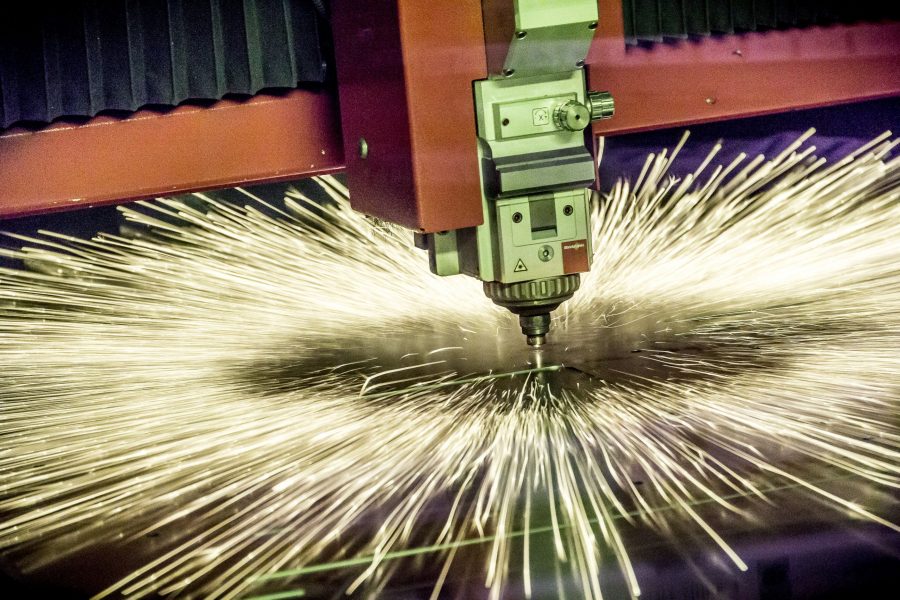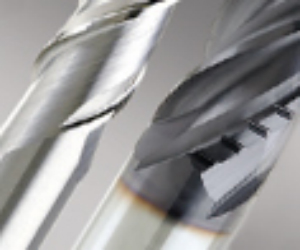Essentially, annealing is a process involving the heating and cooling of a metal. Alloys can also benefit from heat treatments. In most cases, annealing requires quick heating, and slow cooling. At the end, the metals increase in plasticity, uniformity and durability. Learn how to distinguish between the different types of annealing.
The Goals Of the Annealing Process
Before you learn about the types of annealing, know its purpose. In terms of steel, annealing improves the hardness, ductility and ability to be formed. It is also effective at refining the grain of steel, and preparing it for the quenching process. Finally, annealing makes steel less likely to crack or deform during use.
Isothermal Annealing
Isothermal annealing is an alternative to the full annealing process. It is best suited for ferrous metals. The main difference between full annealing and isothermic annealing is the temperatures used. When done correctly, this type of annealing can change austenitic steel to pearlite or ferrite.
Uniform Annealing
Uniform annealing is intended to homogenize the composition of the metal. This process is also commonly referred to as diffusion annealing. To carry out this method, the metal is heated to just below the solid phase limit. It is left in the position for an extended period of time. Next, it is cooled down to create a more uniform composition.
In Summary
Annealing can be used in many different circumstances. If you need assistance, speak to a professional in the metal processing industry.

